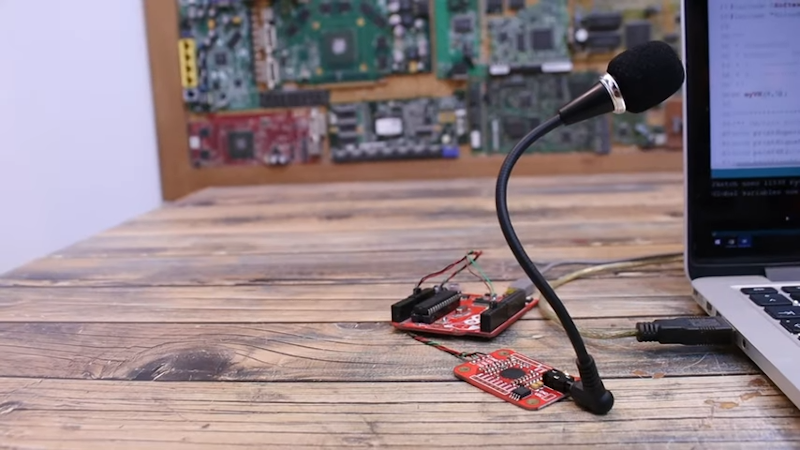28

Speech commands are all the rage on everything from digital assistants to cars. Adding it to your own projects is a lot of work, right? Maybe not. [Electronoobs] shows a speech board that lets you easily integrate 255 voice commands via serial communications with a host computer. You can see the review in the video below.
He had actually used a similar board before, but that version was a few years ago, and the new module has, of course, many new features. As of version 3.1, the board can handle 255 commands in a more flexible way than the older versions.
Although the board can handle 255 commands, it only listens for 7 of those at one time, which is an odd limitation. However, the older board had even stricter limits where you could only listen to one of three groups and each group had 5 commands. With the new board, you can pick any 7 of the 255 commands to be active at once. You can then replace some of the 7 with other commands based on context. For example, you might listen for a main menu command and, based on that selection, listen for a different set of second-level commands.s
The interface is either serial or I2C. We couldn’t help but think that if you could listen to 12 or 15 commands at once, you could have a set for listening to numbers which might be handy. Maybe version 4?
You train the commands using a microphone with an interactive wizard-like setup. The eventual target for this is a robot, but for now [Electronoobs] is just lighting up LEDs on command. But it looks very easy to use for whatever purpose as long as you can work out the limit of 7 commands.
It is harder to do, but you can make an Arduino process speech by itself. Even easier, with a bigger processor.


